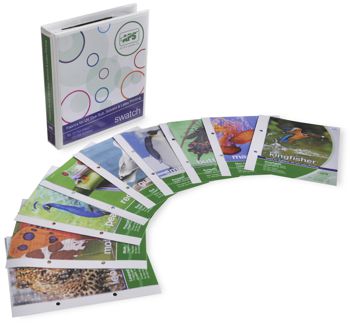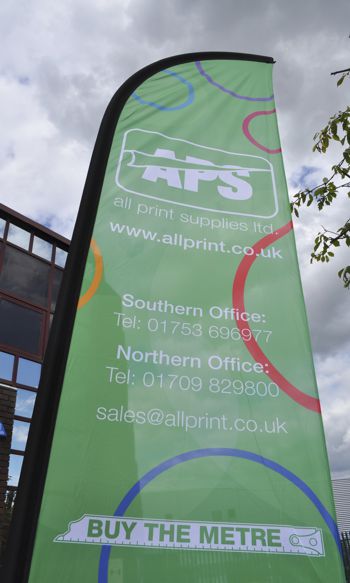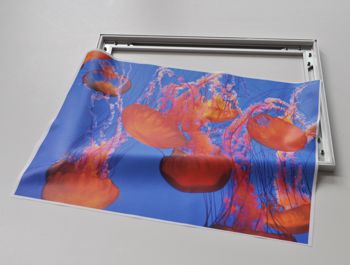All print supplies



Peter Miles, Textile Product Specialist at All Print Supplies, notes that improvement in materials has opened up more possibilities for sign makers to not only create eye-catching, high-quality signage, but do so for less.
In addition to being easier to ship due to the lightweight nature of the product, a number of fabrics are now crease-free and washable too, providing greater flexibility and longevity. “Many fabric solutions such as the spider frame also allow installation to be completed by the end-user, further saving time and money,” says Peter. “Therefore, sometimes the only cost from a logistic perspective is shipping a jiffy bag containing the print, rather than a large parcel and then specialist installation.”
This ease of transportation and installation proves particularly helpful when dealing with large graphics, which are increasingly in demand as the type of clients using this signage continues to vary.
Selecting the right fabric
Finding the right fabric to bring a banner or flag to life is important to ensure rich colour reproduction and longevity of the product, something the team at All Print Supplies advise sign makers to focus in the early stages. Primarily important is the compatibility of the inks and media, advises Peter.
“Fabrics come with a variety of coatings applied to suit different end user applications, for example - flags, backlit displays, hanging banners and so on. It’s important to ensure the fabric has the right coating for the printer you are using and for the end user’s desired application.”
To ensure a high quality of print every time, the All Print Supplies Research + Development team work extensively to test various fabric, printer and ink combinations to ensure maximum compatibility and performance for a wide variety of applications. Once the banner is printed, sign makers should then consider how it’s going to be finished, taking into account things like whether it will be hot cut or cold cut. “The majority of woven uncoated fabrics will naturally want to fray,” explains Peter, “but this can be overcome by hot cutting. However if you don’t have this facility, we recommend always stitching and taping hems to prevent this from happening.”
To learn more, visit www.allprint.co.uk.

